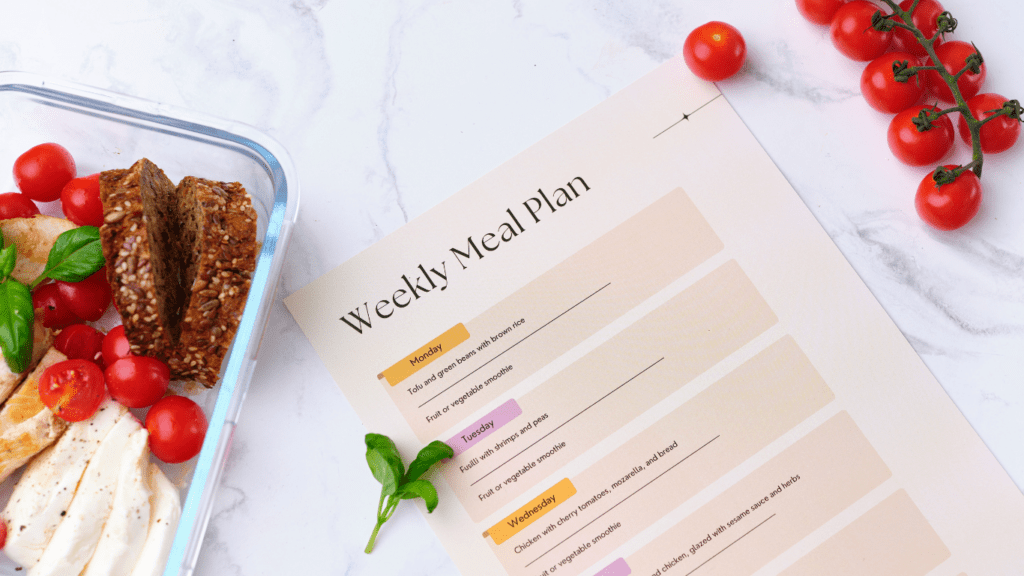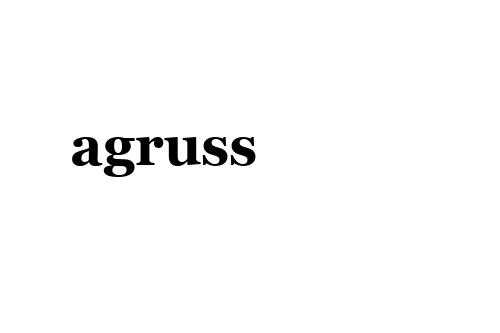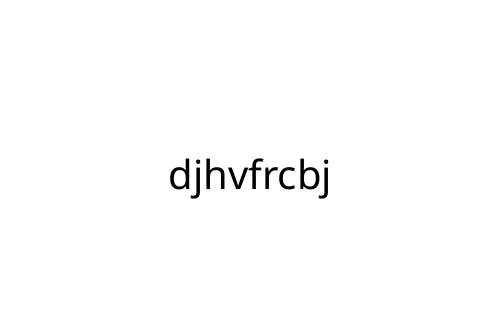Why Meal Planning is Essential
Meal planning streamlines grocery shopping. By knowing what dinners I’ll prepare, I create a more precise shopping list, saving both time and money. Instead of wandering aisles aimlessly, I head straight for the ingredients I need, reducing impulse buys and food waste.
Consistency in meals helps with balanced nutrition. Planning guarantees that I include various food groups in each week’s dinners, contributing to better overall health. Each meal can be diverse, ensuring a mix of proteins, vegetables, and grains, which isn’t always the case with spontaneous cooking.
Time management improves significantly with meal planning. With a set plan, I spend less time figuring out what’s for dinner each night and more time actually cooking and enjoying meals. This approach minimizes last-minute takeout orders due to lack of preparation.
Meal planning aids in accommodating dietary restrictions. If I or anyone in my family has specific dietary needs, planning meals in advance ensures these requirements are met. It’s easier to keep track of ingredients and portion sizes when I’ve structured the week’s dinners beforehand.
Financial savings are another benefit. Planning my meals hinders unnecessary spending on unplanned takeout or excess groceries. By cooking at home consistently, I optimize ingredients, buying in bulk when necessary, and fully utilizing pantry staples.
Getting Started with Meal Planning
Getting started with meal planning requires understanding your needs and gathering essential tools. These initial steps set the foundation for a successful, efficient planning session.
Assessing Your Needs
First, consider your weekly schedule. Identify days with more or less time for cooking. Determine the number of servings needed per meal. Factor in any dietary restrictions or preferences, like:
- vegetarian
- gluten-free
- low-carb
Note any leftover-friendly meals to reduce waste. Based on this assessment, you can tailor your meal plan.
Gathering Tools and Resources
- Having the right tools saves time.
- Use a meal planning app or template to organize recipes.
- Popular apps include Mealime, Yummly, and Paprika.
- Collect your favorite cookbooks or recipe websites.
- Stock up on essential kitchen gadgets, like a slow cooker, Instant Pot, or air fryer, if you prefer quick meal prep.
- Finally, ensure your pantry has staple ingredients like grains, spices, and canned goods to simplify cooking.
Time-Saving Meal Planning Hacks

Efficient meal planning doesn’t have to be complicated. Here are some quick hacks to streamline your process and save time.
Batch Cooking
Batch cooking simplifies weekly meal prep. By preparing large quantities of key dishes in one session, it’s possible to have multiple meals ready for the week. I often make a big pot of soup, chili, or pasta that can be divided into several portions. This not only saves cooking time during busy weekdays but also ensures I always have a nutritious meal on hand.
Utilizing Leftovers
Leftovers don’t have to be boring. Transforming yesterday’s meal into a new dish can keep things interesting and reduce food waste. For example, roast chicken from one dinner can become chicken salad or tacos for the next night. I often plan my meals with leftovers in mind to maximize efficiency and variety.
Prepping Ingredients Ahead
Prepping ingredients in advance is a key time-saver. Chopping vegetables, marinating proteins, or cooking grains ahead of time can cut down daily cooking time significantly. On Sundays, I spend around 30 minutes organizing and prepping key ingredients. Having these components ready makes assembling dinners during the week much quicker.
Creating a Weekly Meal Plan
Organizing a weekly meal plan takes just 30 minutes with the right strategies. This involves selecting recipes, making a shopping list, and arranging the plan.
Choosing Recipes
I prioritize variety by selecting diverse recipes. I look for balance by including different proteins, vegetables, and grains. Online recipe databases like AllRecipes or Pinterest offer extensive options for all dietary needs. I favor recipes with overlapping ingredients to save costs and reduce waste, for example, using spinach in both a salad and a pasta dish.
Creating A Shopping List
I base my shopping list on the chosen recipes. I categorize items by store sections like produce, dairy, and pantry staples. This organization helps me shop efficiently and avoid unnecessary purchases. I ensure my list includes quantities, such as “2 lbs chicken breast” or “3 bell peppers,” to avoid multiple trips to the store.
Organizing Your Plan
I document my meal plan on a calendar or a digital planner. Each day lists the dinner recipe and any required preparations, like marinating meat a day ahead. I adjust for busy evenings by scheduling quicker meals or leftovers. This structured approach ensures variety, saves time, and keeps me on track throughout the week.
Sticking to Your Meal Plan
Ensuring you follow through on your meal plan requires some strategies and a bit of flexibility. It’s crucial to remain adaptable and prepared for unexpected changes.
Flexibility and Adaptability
Incorporate flexibility in your meal plan to avoid feeling restricted. Plan a few meals that use interchangeable ingredients. For instance, use grilled chicken for both salads and wraps. Keep some buffer meals. For example, have a few easy-to-make dishes like pasta or stir-fry in case plans shift. These adaptable meals ensure you aren’t derailed by minor changes.
Handling Unforeseen Changes
Anticipate unforeseen changes by prepping for contingencies. Freeze portions of meals like soups or casseroles for quick use. Keep pantry staples such as canned beans, pasta, and rice available. These backup options come in handy when schedule disruptions or unexpected events occur. By having these preparations, you can maintain your meal plan without stress.

























































































